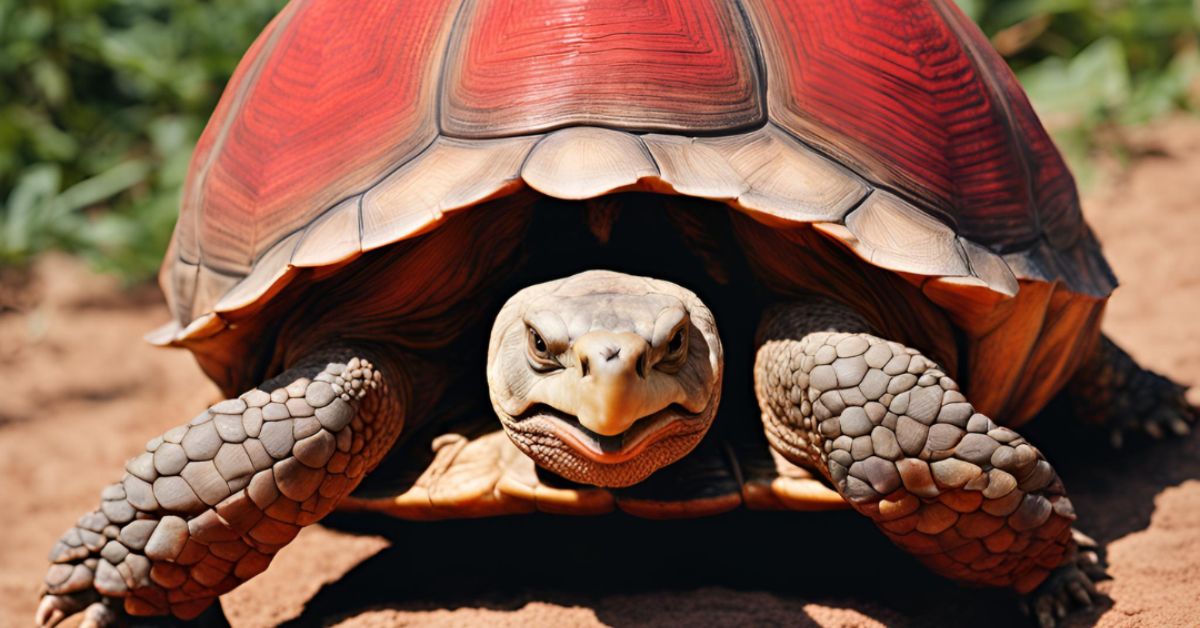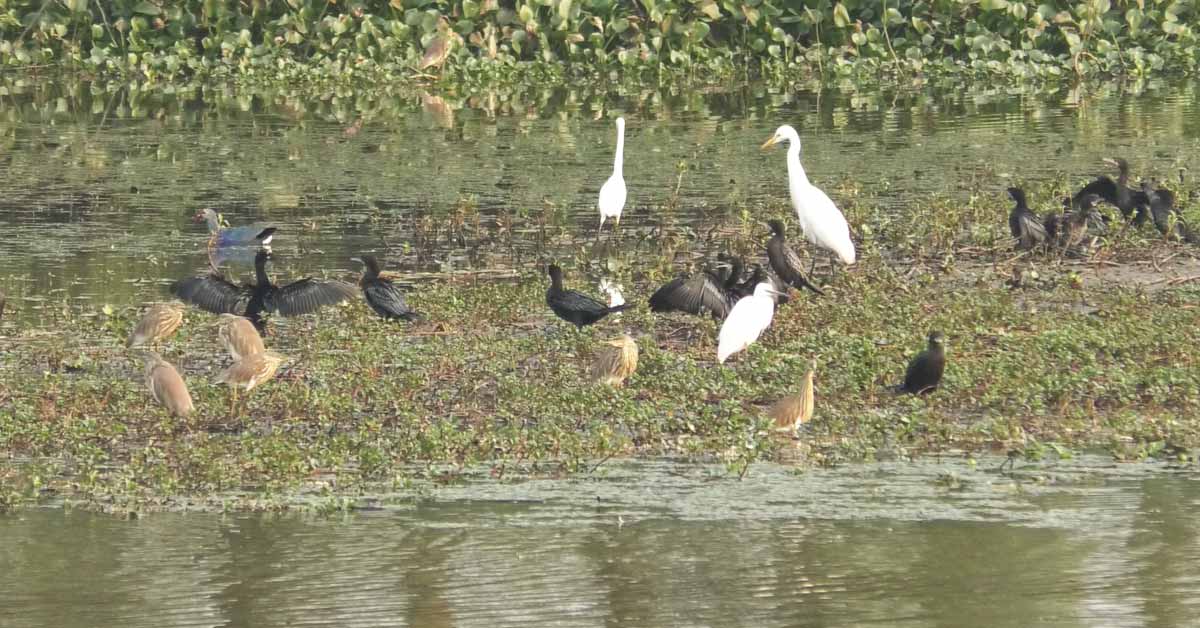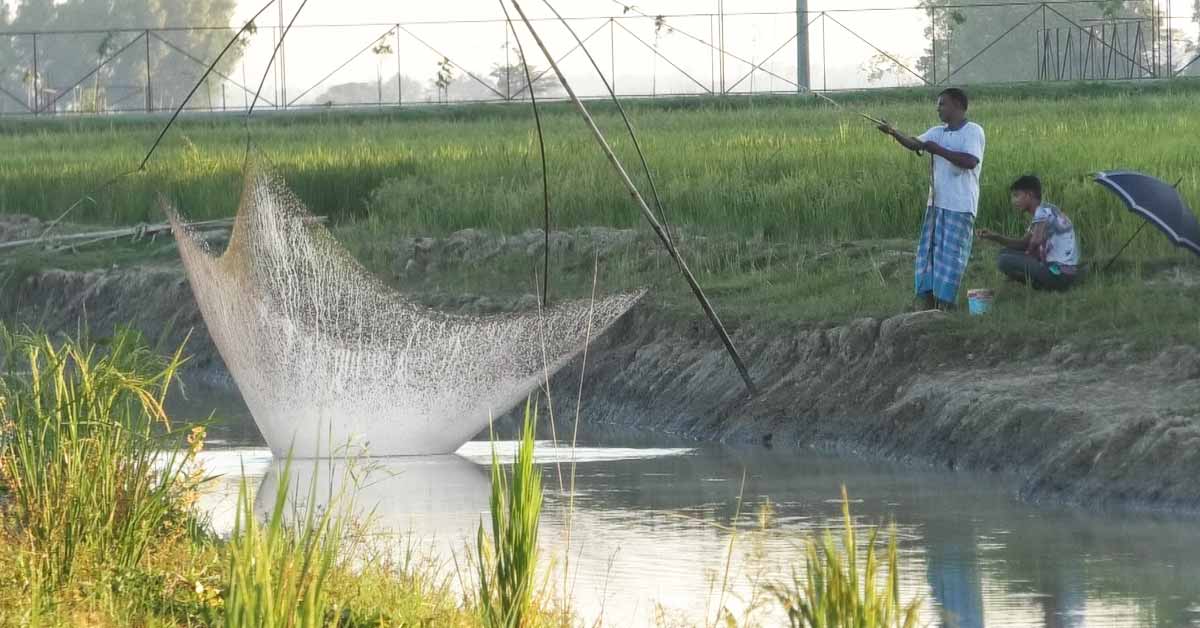Eye News Desk
Update: 23:17, 2 October 2024
Tortoise: A Fascinating Creature of Patience and Longevity

Tortoises are among the most fascinating and ancient creatures on earth. Known for their slow pace and remarkable longevity, they have been the subject of human admiration for centuries. Unlike turtles, which live in water, tortoises are primarily land-dwelling reptiles. Their unique physical characteristics and behaviors have made them symbols of wisdom and resilience in various cultures. In this article, we will dive deep into the world of the tortoise, exploring its habitat, diet, and remarkable features that set it apart.
The Unique Anatomy of a Tortoise
A tortoise’s body is designed for life on land. The most noticeable feature is its shell, which provides protection from predators. This shell is made up of two parts: the upper carapace and the lower plastron. The carapace is domed, which helps deflect attacks and protects the tortoise from threats in the wild.
The tortoise’s legs are thick and sturdy, built for walking long distances at a slow pace. Unlike the webbed feet of aquatic turtles, tortoises have claws, which are better suited for digging into the ground. This digging is essential for creating burrows where they can retreat for safety or escape extreme weather conditions.
Habitat and Distribution
Tortoises can be found in a variety of habitats, ranging from deserts to forests and grasslands. They are adaptable creatures and have evolved to thrive in some of the most extreme environments. The Galápagos Islands, for example, are famous for their giant tortoises, some of which can weigh over 900 pounds.
Desert tortoises, found in the Southwestern United States and Mexico, have adapted to survive in hot, arid climates. They dig deep burrows to escape the scorching sun and conserve water by reabsorbing moisture from their urine—a fascinating adaptation that helps them survive in such a harsh environment.
Diet and Feeding Habits
Tortoises are primarily herbivores, meaning they feed on plant material. Their diet includes a variety of grasses, leaves, flowers, and fruits. In the wild, they have been known to eat cacti and other desert plants that contain water, which helps them stay hydrated in dry environments.
Their slow metabolism is one of the reasons they can go long periods without food or water. Some species can survive for months without eating, relying on the fat reserves in their bodies. However, when food is plentiful, tortoises will graze for hours, ensuring they build up enough energy for times of scarcity.
Longevity and Reproduction
Tortoises are well known for their impressive lifespans. Some species can live well over 100 years, with the oldest recorded tortoise reaching around 188 years. This long lifespan is due in part to their slow metabolism and ability to go long periods without food.
Tortoises are also slow to reproduce. Female tortoises will lay a clutch of eggs once or twice a year, depending on the species. These eggs are buried in the ground, where they incubate for several months. Once the baby tortoises hatch, they are entirely independent, receiving no parental care.
The Threats Facing Tortoises Today
Despite their resilience, tortoises face many threats in the wild. Habitat destruction, caused by urbanization and agriculture, is one of the primary reasons for their decline. In some regions, tortoises are also hunted for their meat and shells, while the pet trade poses another significant threat. Many tortoise species are now endangered, and conservation efforts are underway to protect these incredible creatures.
Conservation Efforts
Several organizations are dedicated to the conservation of tortoises. These efforts include habitat protection, breeding programs, and public education. One well-known initiative is the Galápagos Tortoise Conservation Program, which aims to protect the various species of tortoises native to the Galápagos Islands.
In the United States, efforts are being made to protect the desert tortoise, which is listed as a threatened species under the Endangered Species Act. These programs work to restore natural habitats and raise awareness about the importance of protecting tortoises.
FAQs
1. What is the difference between a tortoise and a turtle?
The main difference between a tortoise and a turtle is their habitat. Tortoises live on land, while turtles spend most of their lives in the water. Additionally, tortoises have rounded, dome-shaped shells, while turtles have flatter, streamlined shells that help them swim.
2. How long do tortoises live?
Tortoises are known for their longevity, with some species living well over 100 years. The oldest recorded tortoise lived to be around 188 years old. Their long life is attributed to their slow metabolism and ability to survive on minimal food and water.
3. What do tortoises eat?
Tortoises are primarily herbivores and eat a diet consisting of grasses, leaves, flowers, and fruits. Some species also consume cacti and other desert plants that provide hydration. They are slow feeders and can survive long periods without food or water.
4. Are tortoises endangered?
Yes, many species of tortoises are endangered due to habitat loss, hunting, and the pet trade. Conservation efforts are in place to protect these species, with various programs dedicated to habitat restoration and breeding initiatives.
5. Can tortoises swim?
Unlike turtles, tortoises are not good swimmers. They are land-dwelling creatures and can drown if submerged in water for too long. However, they are excellent diggers and often create burrows to escape extreme heat or cold.
In conclusion, the tortoise is an extraordinary reptile that has captivated human interest for centuries. With its slow pace, long life, and resilience in the face of threats, the tortoise remains a symbol of endurance and wisdom. However, with many species now endangered, it is essential that we continue to protect and conserve these remarkable creatures for future generations to admire.
- Tortoise: A Fascinating Creature of Patience and Longevity
- The value of `Mohanagar` stretches far beyond social media hype
- How Are You Meaning in Bangla – A Simple Guide
- What is Amazon Digital?
- Where is the Super Bowl 2025? Your Ultimate Guide
- How to Become a Blogger: Your Complete Guide
- The Mournful Day
- When is Memorial Day 2024 USA?
- How to Become a Dermatologist: Your Complete Guide
- What is a Verb? A Deep Dive into the Heart of Language
































